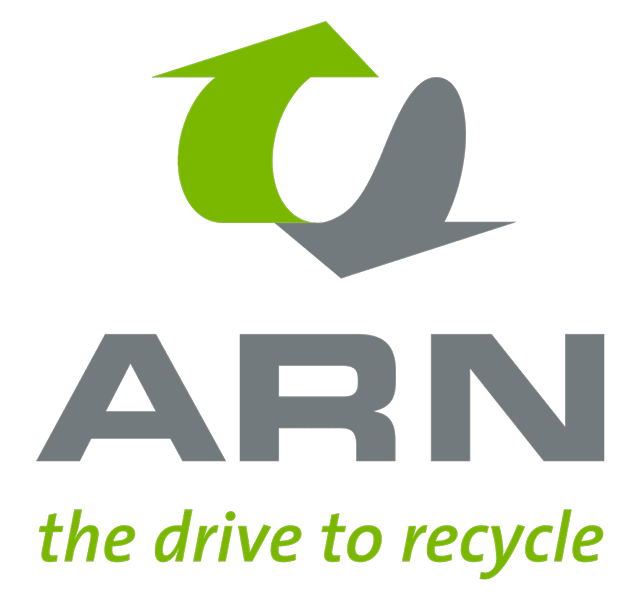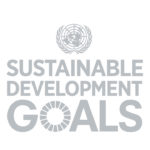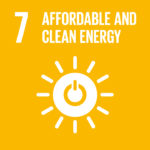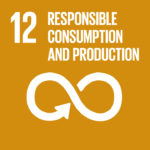Three experts, three visions
The future of battery recycling in Europe
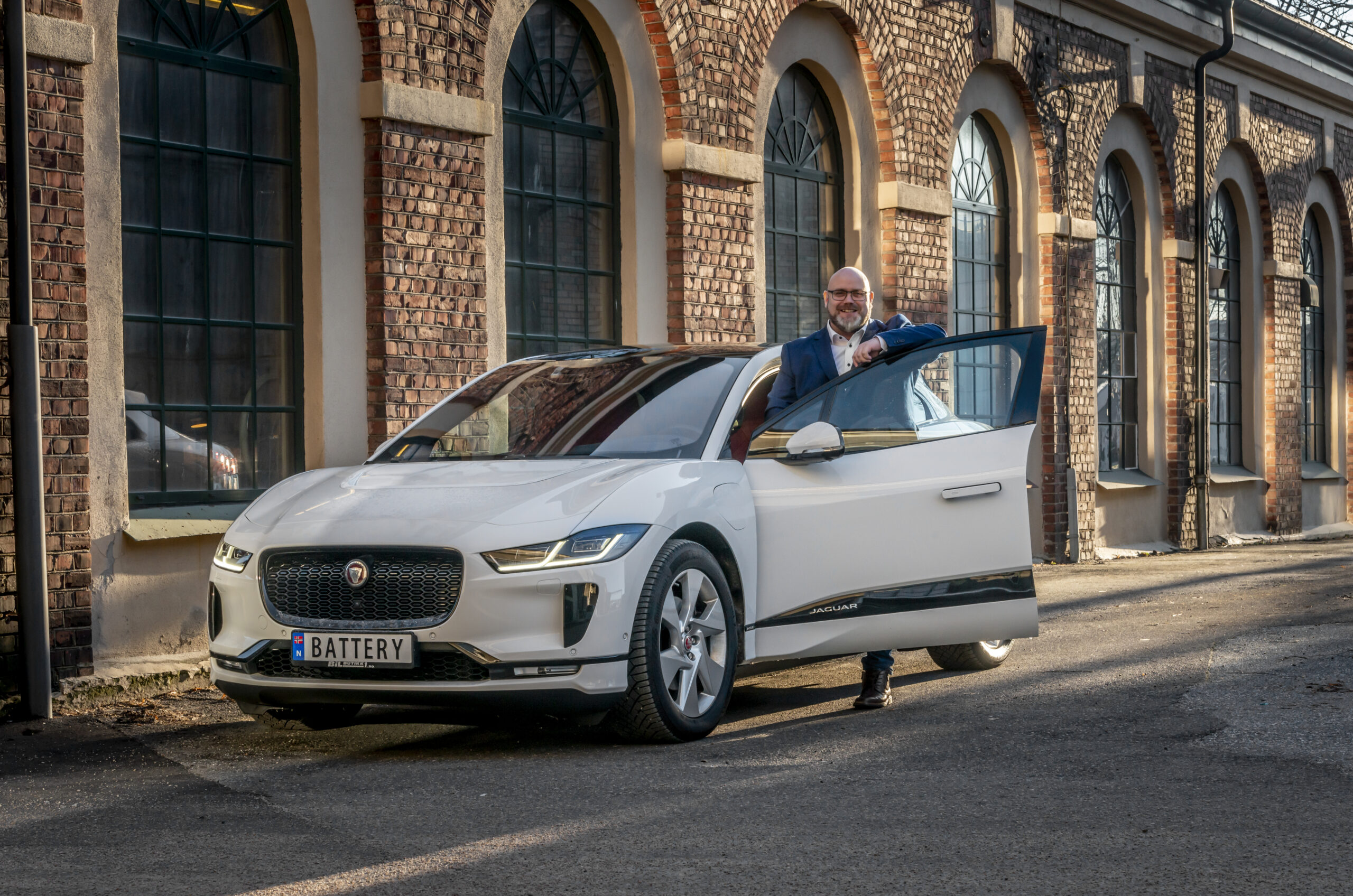
Ambitious sustainability goals, mandatory CO2 reduction and increasing material scarcities are forcing Europe to define its own strategy for the recycling and production of drive batteries. We asked three experts what they think will be the future of battery recycling in Europe.
Fredrik Andresen, BatteriRetur
“Europe has many opportunities to carve out an excellent position in battery production and recycling”
Fredrik Andresen is Managing Director of BatteriRetur, Norway’s global leader in battery collection and discharging. He also heads the new, state-of-the-art battery recycler Hydrovolt; a joint venture of Norske Hydro and Nortvolt. Operating under the name BatteriRetur, from November this facility will be recycling drive batteries on an industrial scale.
“BatteriRetur is a world leader in battery collection and discharging and we recycle all types of batteries. During the past 10 years, however, we have shifted our focus emphatically to battery packs from electric vehicles. It’s an area in which we have now become a leading global player. We have also taken the next step, by recycling these batteries. In the Norwegian town of Fredrikstad, close to the Swedish border and about an hour’s drive from Oslo, we are building the new Hydrovolt recycling facility. As its name might suggest, Hydrovolt will run entirely on renewable energy. The facility, which is due to be operational at the end of the year, will be used to recycle end-of-life Li-ion batteries from electric vehicles and batteries from the marine sector. Initially, we will concentrate on the Norwegian home market. Given our world-leading position as users of electric vehicles, we will of course, be able to count on a steady supply of end-of-life batteries. But our ambition is to also process batteries from other parts of Europe and, to this end, exploratory talks with potential providers are already ongoing. BatteriRetur will collect the batteries and then fully discharge and dismantle them before transferring them to the Hydrovolt facility. In the first few years, BatteriRetur will carry out the operational process in the Hydrovolt facility. And while the time might not yet be ripe to reveal too much about our innovations, we have the healthy ambition to realise a higher recycling ratio than is currently seen in Europe. Our technology can best be described as a mix of existing and new technologies. We are starting with a material recycling efficiency of at least 80 per cent, but we think we can do much better. Our goal is to produce little or no waste at all. Annual capacity is 8,000 tonnes, but this will be quickly ramped up.
While the time might not yet be ripe to reveal too much about our innovations, our ambition is to realise a higher recycling ratio than is currently seen in Europe
Fredrik Andresen, BatteriRetur
There’s little doubt that Europe needs more recycling facilities and we will be more than happy to help provide them. We’d like to corner a significant share of the market on the continent. As I already mentioned, our focus is primarily on Norway, but we already enjoy links with European initiatives, such as Reneos and, of course, Hydrovolt. We also work closely with several European car manufacturers and other industries. When it comes to the production of batteries, we are hoping for several changes that will facilitate the recycling of batteries and make it more efficient. We’d also like to see the sector use cleaner energy, impose stricter control over material flows and for governments to offer a lot more support. Furthermore, an increase in urban mining would be a very welcome development. More players are expected to enter the market and the flows of raw materials will mature. There are certainly many opportunities for Europe to carve out an excellent position for itself, both in the production and the recycling of Li-on batteries. At the moment, the dominant players in their production and recycling are LG, Panasonic and SAFT. In Scandinavia, Northvolt, with its gigafactory in Sweden, is up-and-coming, while Norwegian companies too have ambitious plans for the manufacture of battery cells. Moreover, the collaboration between Hydro, Equinor and Panasonic is very promising. These players are working on a sustainable and cost-competitive European battery market.”
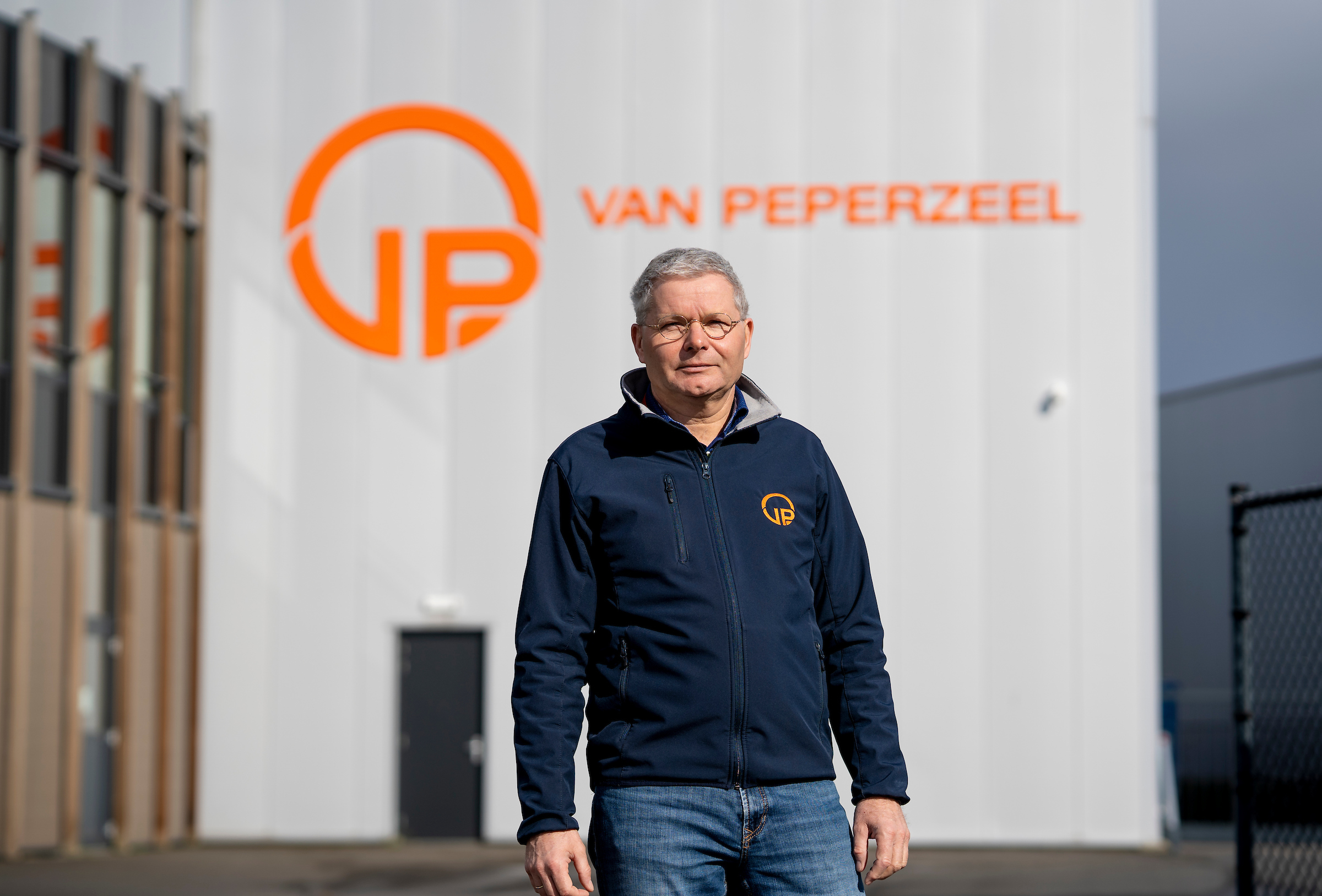
Johan van Peperzeel of Van Peperzeel B.V.
“Cobalt and nickel rule! Battery producers will want to retain ownership of raw materials”
Van Peperzeel B.V. is located in Lelystad, the Netherlands. On behalf of ARN, the company arranges the collection, logistics and processing of drive batteries in the Netherlands. Behind the scenes, director and major shareholder, Johan van Peperzeel, is working hard on establishing a European infrastructure for their collection and recycling.
“We collect all types of batteries, from button cells to electric-bicycle batteries, and from AA batteries and lead batteries to the batteries used in submarines. We then ensure that they reach the correct processor. We also look after the logistics for batteries from ARN. We are major player in lead batteries; handling some 12,000 tonnes a year, representing a market share of about 20 per cent. In the 40-plus years that we have been operational – the third generation is already working for the company – we have incrementally developed more and more activities. Since the first hybrids appeared in the 1990s, we have also collected batteries from electric cars. We now have a wealth of experience with Li-ion batteries. Their transportation is specialist work; for safety reasons it must be done securely in a separate transport container. So far, we haven’t taken care of the final phase, recycling. But this is indeed something we will be picking up in the short term. By about the end of 2023, we expect the volume of Li-ion batteries on the Dutch market to increase to around 1,500 tonnes. As a recycler, we intend to be ready. A complete recycling line has already been developed, with an appropriate process ready for each material flow and suitable buyers have also been found. Now it’s just a matter of obtaining a permit, the right location and, preferably, a partner to provide financial support.
It is a given that Europe will have to produce and recycle its own Li-ion batteries. It’s the only way to avoid dependence on Asia and the US
Johan van Peperzeel, Van Peperzeel B.V.
The way we see it, the recycling process for drive batteries from electric cars starts with deep discharging. This is followed by shredding and then the removal of the non-ferrous and black mass materials, the anode and cathode. Special attention has to be paid to deep discharging, for which we think we have a unique and excellent solution. We have an efficient process in place and after the shredding phase the separated materials are of high quality. We expect that in three to five years approximately 5,000 tonnes of EV batteries will be available for recycling in the Dutch market. Looking even further ahead – from about 2040 – if all the forecasts pan out this total in the Netherlands will rise to 50,000 tonnes. Actually, Europe as a whole is heading towards a total of 1.5 million tons of end-of-life Li-ion batteries a year.
It is a given that Europe will have to produce and recycle its own Li-ion batteries. It’s the only way to avoid dependence on Asia and the US. A raw-materials war is coming, because they are becoming increasingly scarce and their prices are going up. As a battery producer, once you own the necessary raw material, you will want to retain that ownership. In this respect: cobalt and nickel rule! In Europe we simply must organise the collection and processing of Li-ion batteries intelligently. For as long as the current strict safety requirements continue to apply, you will be obliged to transport a lot of air alongside an end-of-life battery. And transportation costs are high, which means it’s best to keep processing close to home. Every country in Europe should be divided into regions. The Netherlands could then constitute one region, for example, while France might be five. Then, in every region you can set up a deep-discharge and shredder line. The copper, iron and cathode material with lithium, nickel, cobalt and manganese are then recovered and transported to one of several large and efficient processing centres across Europe. Processing cathode material on a small scale is just not cost-effective. The idea is to create several logistical hubs in Europe and commission a number of major players to process the high-value materials. The separation material, plastic foil and electrolyte will remain problematic for a while, but otherwise it should be possible to recycle at least 90 per cent of a Li-ion battery.”
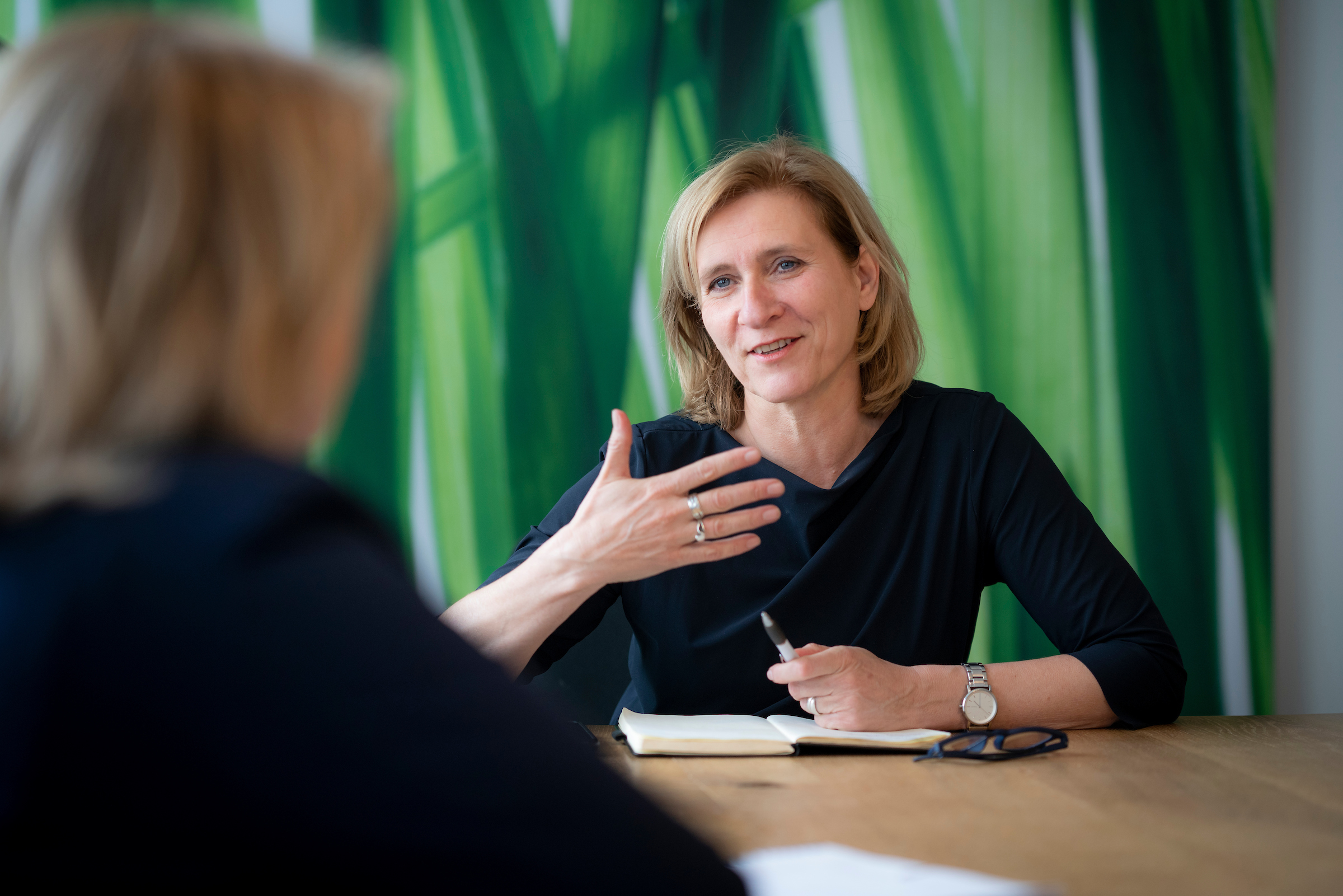
Janet Kes, ARN
“The Netherlands has the infrastructure and a higher-than-average number of electric cars”
When. It comes to the possibilities for recycling and producing drive batteries, Janet Kes, Manager Batteries and Quality Assurance at ARN, has identified interest inside and outside the Netherlands’ borders. What opportunities does she see?
“There is no shortage of European initiatives for increasing the recycling capacity for Li-Ion batteries. The recycling phases comprise several pre-treatment steps, culminating in the recovery of scarce materials, such as cobalt. ARN is regularly approached by international companies that have identified opportunities in the Netherlands to launch large-scale recycling activities for drive batteries.
ARN is regularly approached by international companies that want to launch large-scale recycling activities for drive batteries in the Netherlands
Janet Kes, ARN
This is hardly surprising. For many years, the Netherlands has had a well-equipped infrastructure for car dismantling and recycling and the country is a frontrunner when it comes to electric driving. The pre-processing steps are particularly suited to take place in the Netherlands. A relatively high number of end-of-life batteries will be available, making it possible to quickly and relevantly scale up activities. Furthermore, the Netherlands’ existing infrastructure is conducive to a good business climate and offers many openings to start up new initiatives – both in terms of the dismantling and recycling drive batteries, and the production of new batteries using recycled raw materials.”
Sustainable Development Goals
For the fourth year, ARN has measured itself against the benchmarks of the Sustainable Development Goals (SDGs) in the context of being “lean and green”. The SDGs depicted here apply specifically to the content of this page.
